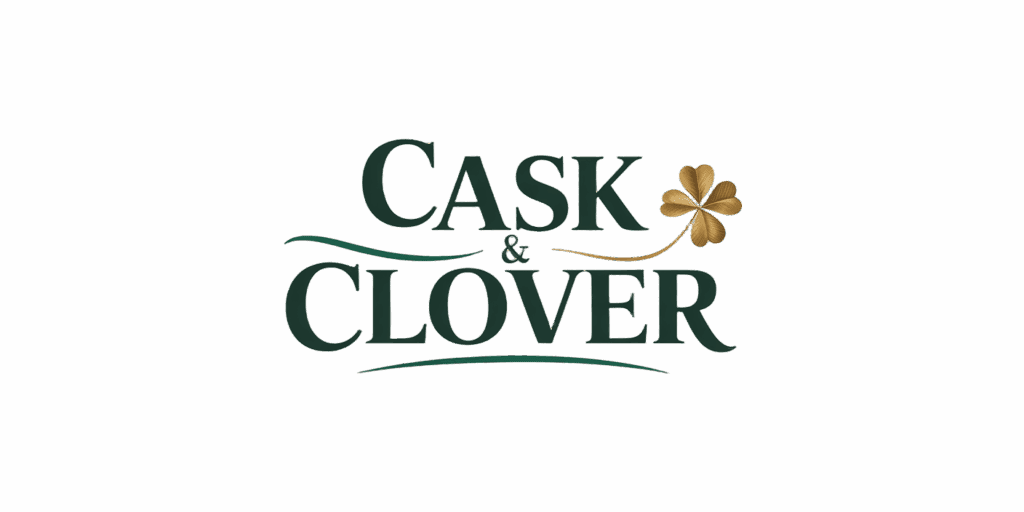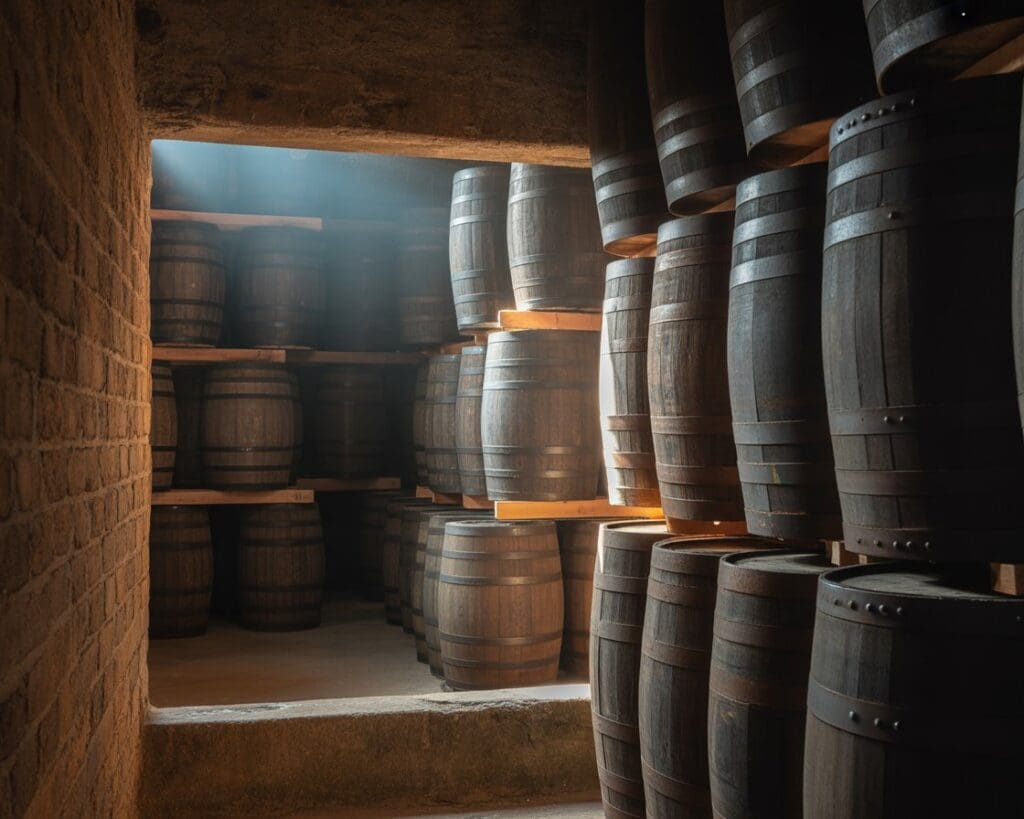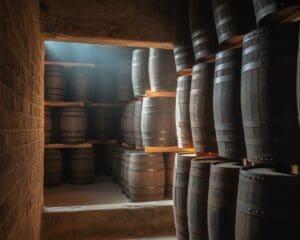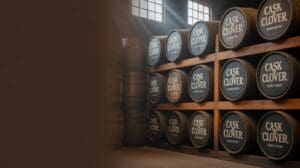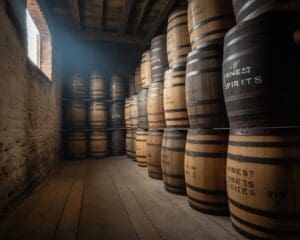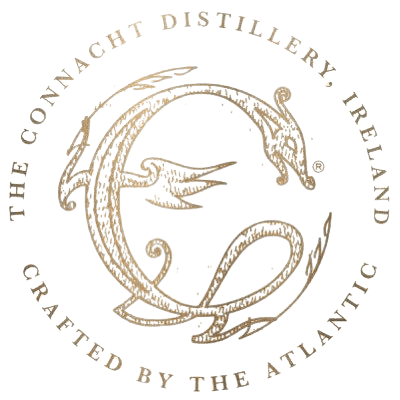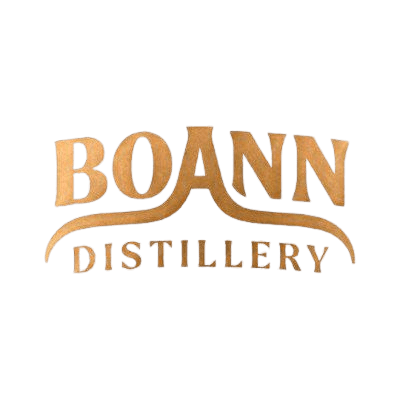The Complete Guide to Whiskey Investment
Introduction
Whiskey investment has evolved from a niche hobby into a sophisticated alternative asset class. For newcomers, the prospect of investing in “liquid gold” can be both exciting and overwhelming. This comprehensive guide will walk you through everything you need to know to start your whiskey investment journey confidently and avoid costly mistakes.
Understanding the Basics: What is Whiskey Investment?
Investing in whiskey casks involves purchasing newly distilled whiskey, stored in oak, and allowing it to mature over time. Unlike bottled whiskey, which is ready for immediate consumption, cask whiskey continues to age, often improving in quality and increasing in value.
Two Primary Investment Approaches
Cask Investment: Purchasing entire casks of aging whiskey directly from distilleries or brokers. This approach allows investors to own the whiskey throughout its maturation process, potentially benefiting from significant appreciation as the spirit develops complexity and character over years or decades.
Bottle Investment: Acquiring rare, limited, or discontinued whiskey bottles for collection and resale. This strategy focuses on already-bottled whiskeys that have demonstrated scarcity value or come from prestigious distilleries with strong market demand.
Why Whiskey Makes Sense as an Investment
Whiskey cask investment involves purchasing barrels of aging whiskey, which appreciate over time as the whiskey matures. The maturation process not only improves the quality and flavor profile of the whiskey but also creates natural scarcity as some liquid evaporates (known as the “angel’s share”) during aging.
Portfolio Diversification Benefits
Whiskey casks tend to correlate poorly with traditional financial markets. This low correlation with stocks and bonds makes whiskey an excellent portfolio diversifier, potentially providing stability during market volatility and economic uncertainty.
Key Investment Benefits
Tangible Asset That Improves with Age
Unlike many investments that merely track market values, whiskey physically improves over time. The aging process enhances flavor complexity, smoothness, and overall quality, directly contributing to the asset’s intrinsic value.
Natural Scarcity Due to Aging Requirements
The whiskey production process creates inherent scarcity. Legal aging requirements, limited production capacity at distilleries, and the angel’s share all contribute to reducing supply over time while demand continues to grow globally.
Strong Historical Performance
Whiskey investments have demonstrated impressive returns over recent decades, with premium casks and rare bottles often outperforming traditional asset classes during certain periods.
Portfolio Diversification Benefits
As an alternative investment class, whiskey provides exposure to different market dynamics than traditional securities, helping to reduce overall portfolio risk through diversification.
Personal Enjoyment Factor
Unlike stocks or bonds, whiskey investments offer the unique benefit of personal consumption. Investors can choose to enjoy their investment physically, adding an element of lifestyle and pleasure that traditional assets cannot provide.
